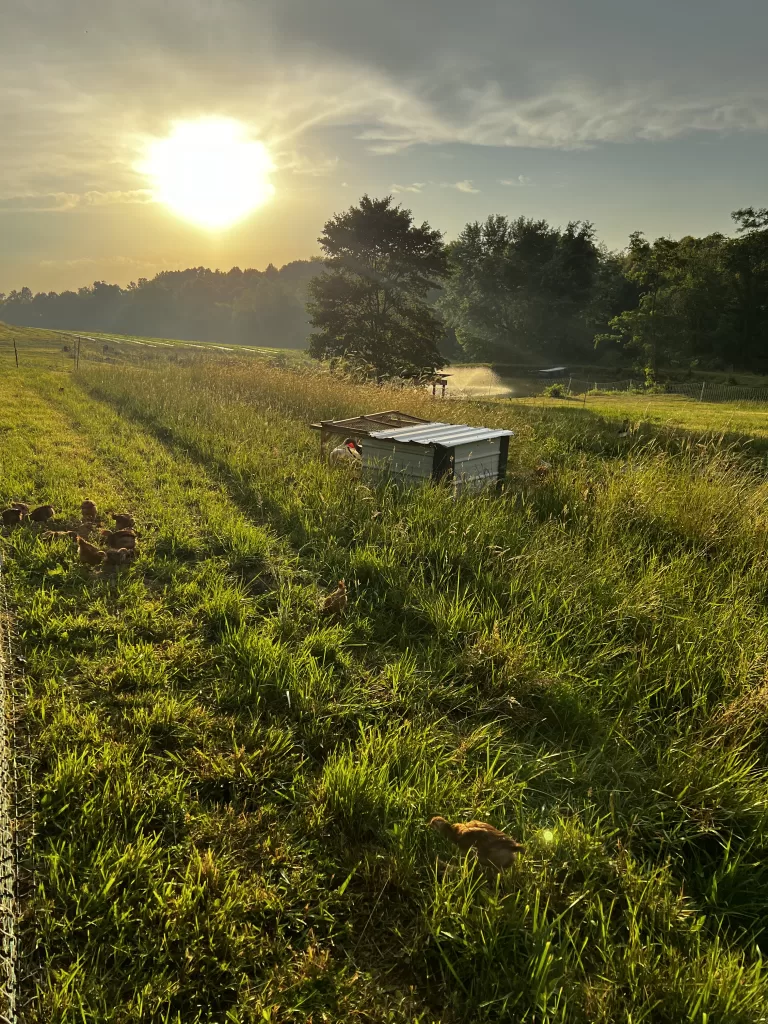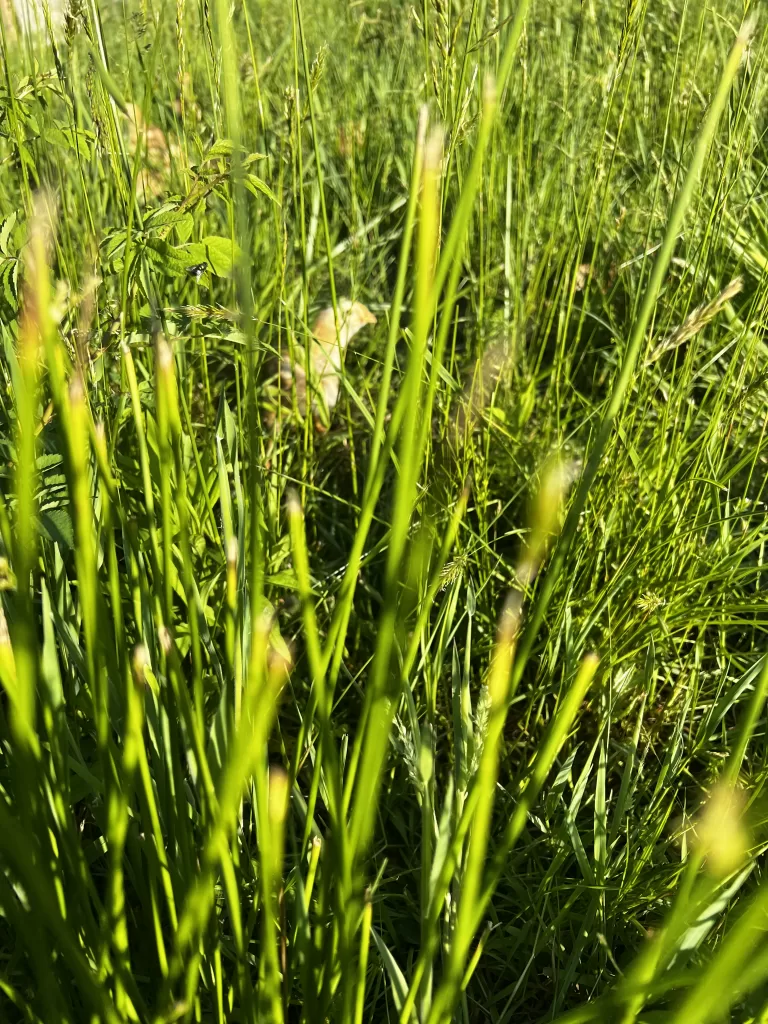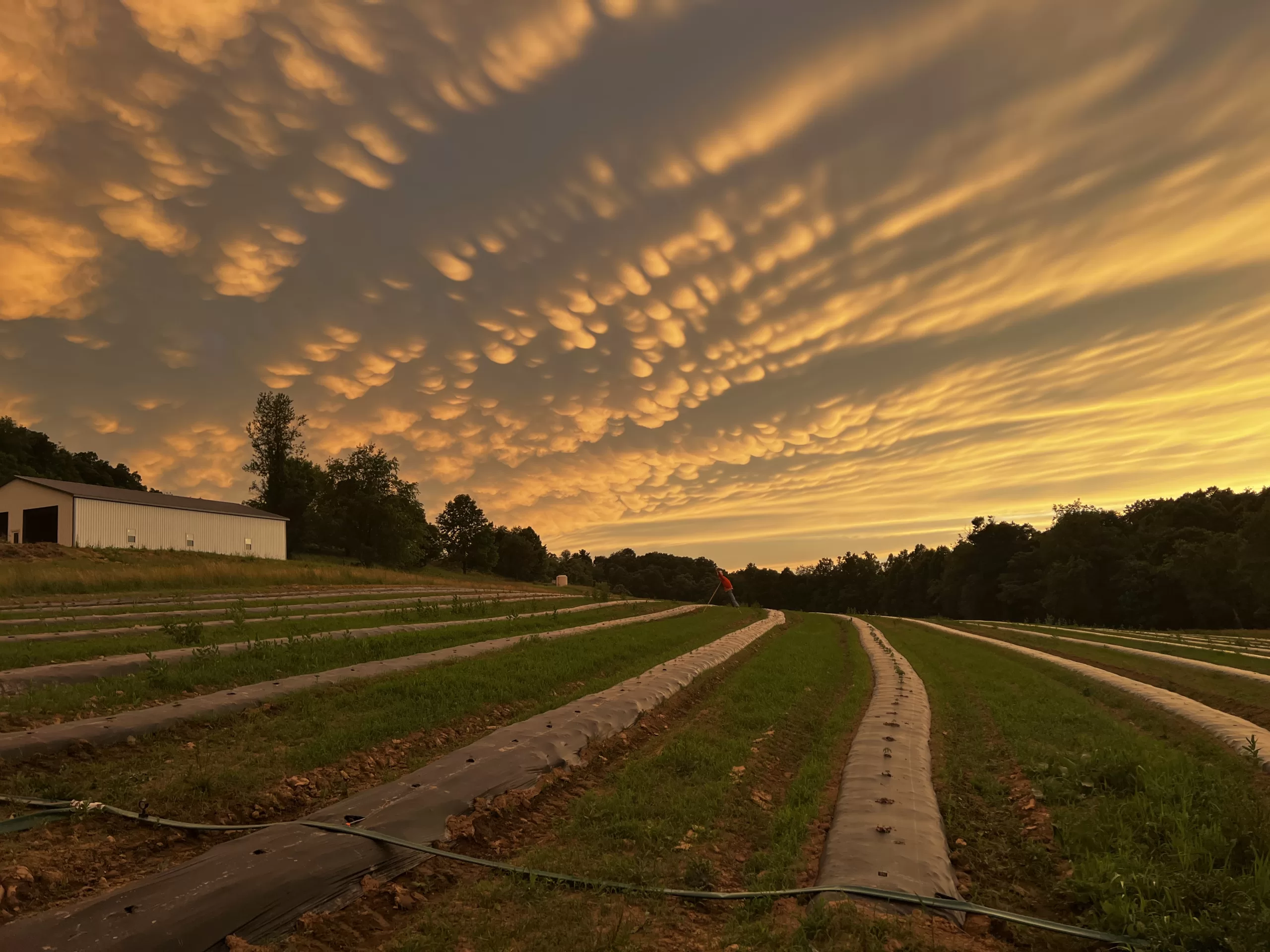Welcome to Regenerative Seed, your trusted source for insights and practices in regenerative and eco-friendly farming. Our mission is to empower farmers and enthusiasts with knowledge that fosters a healthier planet and more resilient agricultural systems.
Understanding Regenerative Agriculture
Regenerative agriculture is a holistic approach to farming that focuses on restoring and enhancing the entire ecosystem of a farm. It goes beyond sustainable practices by actively improving soil health, increasing biodiversity, and capturing carbon to combat climate change.
Key Practices for Regenerative Farming
Crop Rotations with Legumes
Implementing a crop rotation system that includes two years of legumes, such as clover or alfalfa, can significantly enhance soil fertility. Legumes have the unique ability to fix atmospheric nitrogen, enriching the soil naturally and reducing the need for synthetic fertilizers.
- Year 1-2: Plant legumes to build up nitrogen levels.
- Year 3: Follow with nutrient-demanding crops like corn or wheat.

Integrating Livestock: Poultry and Cattle Grazing
Introducing livestock into your farming system can accelerate the regeneration process.
- Poultry Grazing: Chickens provide natural pest control by eating insects and weeds. Their scratching aerates the soil, and their manure adds valuable nutrients.
- Cattle Grazing: Cattle help in managing plant growth and contribute to soil fertility through manure deposition. Managed grazing patterns prevent overgrazing and promote grassland health.

Embracing Hemp Cultivation
Hemp is a versatile crop that aligns well with regenerative practices.
- Soil Health: Hemp’s deep roots improve soil structure and prevent erosion.
- Phytoremediation: It can absorb contaminants, cleansing the soil for future crops.
- Biodiversity: Provides habitat for beneficial insects and improves overall farm ecology.
The Benefits of Regenerative Practices
- Enhanced Soil Fertility: Improved nutrient cycling leads to healthier crops.
- Increased Biodiversity: A variety of plants and animals creates a resilient ecosystem.
- Carbon Sequestration: Healthy soils capture carbon dioxide, mitigating climate change.
- Water Conservation: Better soil structure increases water retention, reducing the need for irrigation.

Success Stories from the Regenerative Community
Farmers switching to regenerative methods have reported remarkable transformations:
- Higher Yields: Improved soil health leads to more productive crops.
- Reduced Costs: Less reliance on chemical inputs lowers operating expenses.
- Resilient Farms: Diverse ecosystems are better equipped to handle pests, diseases, and extreme weather.
Join the Regenerative Movement
At Regenerative Seed, we believe that every farmer can be a steward of the land. By adopting regenerative practices, you’re not only improving your farm but also contributing to a sustainable future for all.
Ready to transform your farming practices? Follow Regenerative Seed for the latest insights and actionable tips on regenerative agriculture.
Together, let’s plant the seeds of change and cultivate a thriving, regenerative world.

